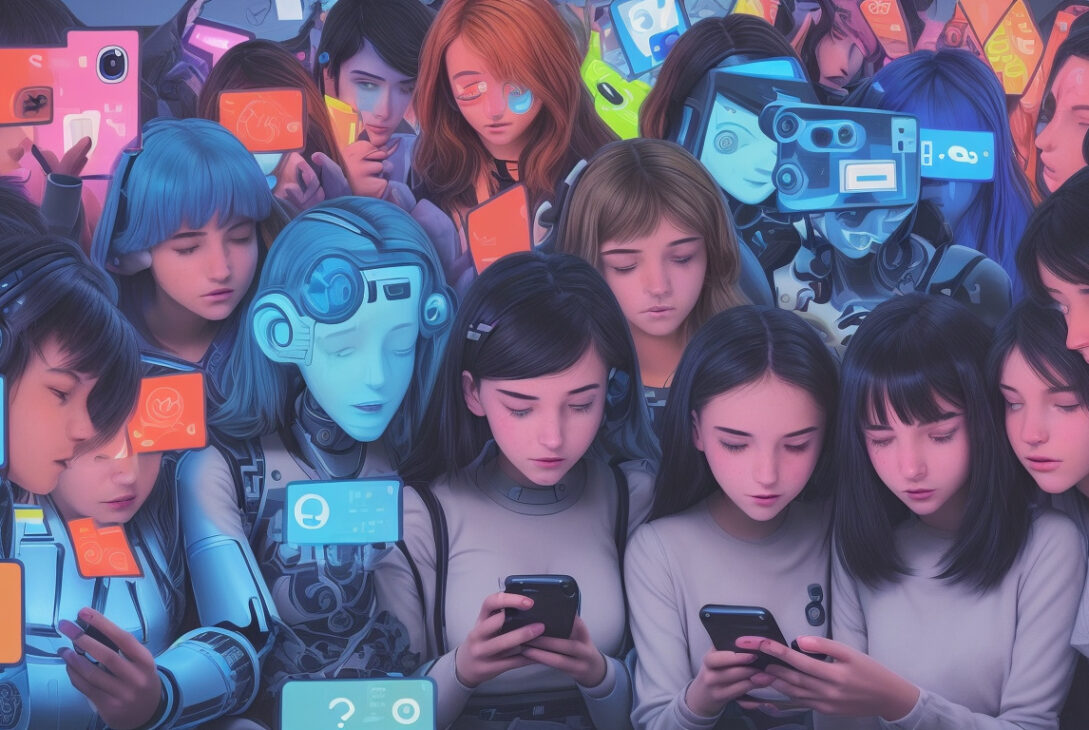We Have Let Down Teens if We Ban Social Media but Embrace AI, Warns New Scientist
As governments worldwide move toward banning social media use for children, a concerning paradox emerges: while social media platforms face increased regulation, artificial intelligence (AI) technologies—arguably more complex and less understood by parents—are rapidly embraced. An insightful commentary published by New Scientist on 3 September 2025 highlights the contradictions in current policy approaches and the potential consequences for today’s teenagers.
The Paradox of Protection and Embrace
Amidst growing concerns over the negative impacts of social media on young people’s mental health and wellbeing, some governments have proposed stringent restrictions. Australia, for example, has announced plans to introduce a ban on social media for minors, aiming to shield children from the perceived harms posed by tech giants.
However, New Scientist draws attention to a critical mismatch in how society perceives parents’ digital literacy. While social media platforms are being tightly controlled due to worries about parental inability to supervise usage, many of today’s parents are millennial digital natives. These adults grew up navigating early internet services such as MySpace and Habbo Hotel and are arguably well-equipped to understand how their children engage with current platforms like TikTok and Fortnite.
The article criticizes the widespread assumption that parents lack the knowledge or tools to monitor and guide their children’s online experiences. "If you customised your Facebook page at university, you should be able to tweak a few settings," it asserts, noting that simple parental controls and settings already exist to manage children’s internet access effectively. Despite this, policymakers often dismiss these tools as too technical and instead opt for broad, illiberal restrictions instead of empowering families.
Missing the Bigger Picture: The Rise of AI
The piece further warns against focusing solely on social media while neglecting more transformative technologies. AI, especially large language models like ChatGPT, is poised to have a profound impact on the lives and education of today’s teenagers.
Teachers are already grappling with how to adapt homework assignments and assessments in an age where students can easily access AI-generated content. Yet, governments and society seem eager to adopt these AI tools widely, even though parents may be far less equipped to understand, monitor, or guide their children’s interactions with AI compared to social media.
Encouraging Dialogue Over Bans
Rather than enforcing outright bans on social media, New Scientist advocates for open conversations about all emerging technologies. This includes social media, AI, and any future innovations that will shape young people’s worldviews and opportunities.
Such dialogue should happen across society and within families to ensure that teenagers are supported in developing safe, informed, and balanced relationships with technology. Rather than sheltering children through prohibition, empowering them and their parents with knowledge and tools may better prepare them for a digital future.
Conclusion
Banning social media while embracing AI reflects a paradoxical approach that risks leaving teenagers underprepared and misunderstood. With parents capable and willing to support their children’s digital navigation, policymakers should consider strategies that promote education, trust, and open discussion over blanket restrictions. The future of youth digital engagement depends on recognizing generational shifts and addressing new challenges collaboratively—not by regulation alone.










